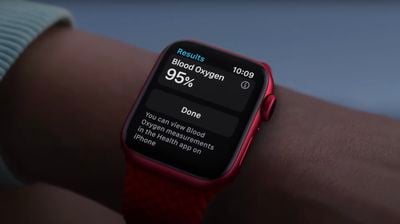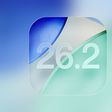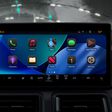On Friday, the Financial Times reported that Apple is preparing for Tim Cook to step down as CEO as soon as next year, but he might not fully retire. Instead, it is possible that he will become the next chairman of Apple's board of directors.
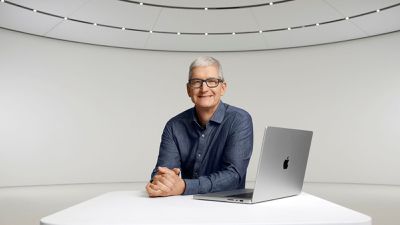
Apple's current chairman is Arthur D. Levinson, who turned 75 on March 31. Apple has a policy that states that its directors generally may not stand for re-election after age 75, so Levinson has reached that age limit ahead of Apple's next shareholder meeting, which is when he would otherwise be up for re-election next.
Here is the exact wording of the policy, from Apple's Corporate Governance Guidelines:
A director may not stand for re-election after age 75, but need not resign until the end of his or her term.
Apple is unlikely to name a new CEO before its next earnings report in late January, according to the Financial Times, but it said an announcement could happen early in the year. That timeframe — after January but still early in the year — would align with Apple's annual shareholder meeting, which is typically held in late February or early March.
There is one potential wrinkle: Apple typically releases the proxy materials for a shareholder meeting in mid-January, and that filing would need to indicate that Cook is up for election as chairman. That would be before Apple's next earnings report in late January, so the specific timing of how this might all play out remains to be seen.
If this theory does prove to be accurate, Apple could announce that Levinson is leaving the board due to the age policy, and that Cook will succeed him as chairman. Apple would likely say this move was part of its long-planned succession plan.
At 65, Cook could serve as chairman for up to a decade, before the age policy applies to himself.
In this scenario, it is unclear if Cook would become chairman or executive chairman. In the former role, he would focus more on managing the board and corporate governance. In the latter role, Cook would remain more involved in Apple's day-to-day operations and decision-making, which could help to ease the transition to a new CEO.
Apple's Senior Vice President of Hardware Engineering, John Ternus, is widely viewed as Cook's most likely successor when the time comes.
Daring Fireball's John Gruber and some other commentators have speculated that Apple may have intentionally fed the information about Cook preparing to step down to the Financial Times, so that the actual announcement and the timing of it does not come as a complete surprise to investors and the general public.
Cook has been CEO since August 2011, so he is nearing 15 years at the helm of the company.
This is only one possibility for Apple's succession plans. Alternatively, the company could opt to exempt Levinson from the age policy, as it did for now-77-year-old director Ron Sugar last year. Apple could also elect someone other than Cook as chairman. However, with Cook having reached the typical retirement age of 65, and Levinson having reached the policy age of 75, the stars might align for Cook to become Apple's next chairman.


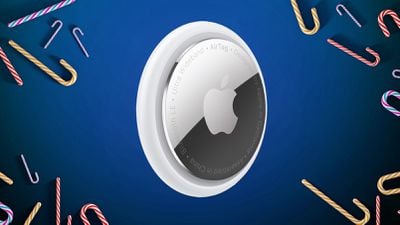




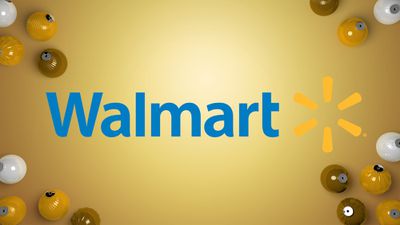



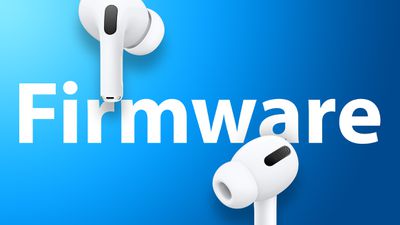








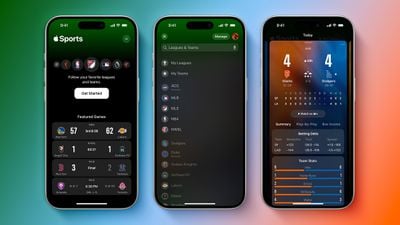

 Note: MacRumors is an affiliate partner with Satechi. When you click a link and make a purchase, we may receive a small payment, which helps us keep the site running.
Note: MacRumors is an affiliate partner with Satechi. When you click a link and make a purchase, we may receive a small payment, which helps us keep the site running. Note: MacRumors is an affiliate partner with Amazon. When you click a link and make a purchase, we may receive a small payment, which helps us keep the site running.
Note: MacRumors is an affiliate partner with Amazon. When you click a link and make a purchase, we may receive a small payment, which helps us keep the site running.



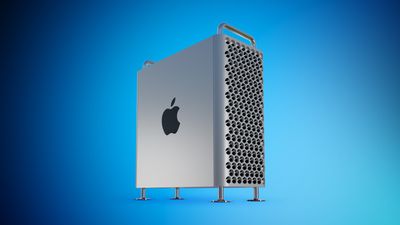

 Note: MacRumors is an affiliate partner with Amazon. When you click a link and make a purchase, we may receive a small payment, which helps us keep the site running.
Note: MacRumors is an affiliate partner with Amazon. When you click a link and make a purchase, we may receive a small payment, which helps us keep the site running. Note: MacRumors is an affiliate partner with some of these vendors. When you click a link and make a purchase, we may receive a small payment, which helps us keep the site running.
Note: MacRumors is an affiliate partner with some of these vendors. When you click a link and make a purchase, we may receive a small payment, which helps us keep the site running.









